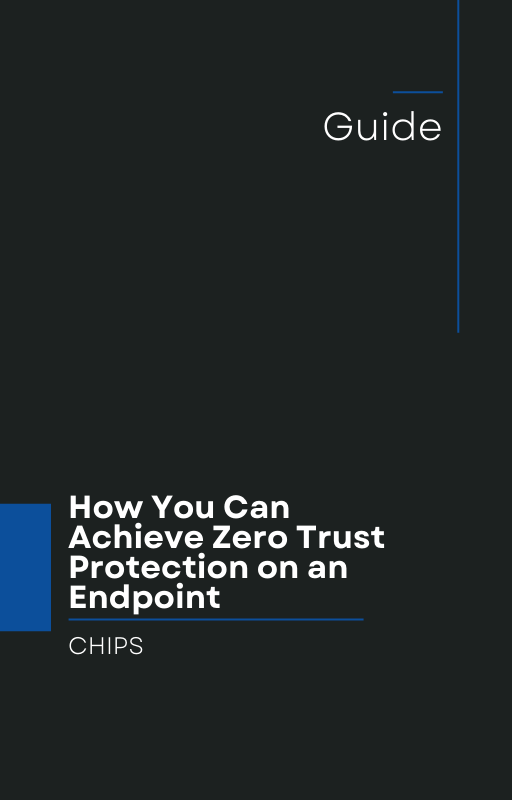Nonprofit organizations are known for their generosity, not their cybersecurity budgets—and cybercriminals know it. Recent data shows a troubling trend: six out of ten nonprofits have experienced a cyberattack in the past two years, according to the NTEN Nonprofit Cybersecurity Report. Even more concerning, the CyberPeace Institute reports that ransomware attacks on nonprofits have doubled in just the last year.
This rise in attacks highlights a painful truth—nonprofits are no longer under the radar. Hackers see them as soft targets, often with outdated defenses, limited IT staff, and sensitive donor or beneficiary data that can be easily exploited.
Why Nonprofits Are in the Crosshairs
Nonprofits manage valuable information—donor databases, financial data, healthcare records, and confidential community details—that make them as data-rich as many corporations. Yet, their cybersecurity investments often lag far behind. Attackers count on this imbalance.
Bitdefender’s report on Ransomware Targeting Nonprofits underscores that threat actors often use simple but effective methods such as phishing emails, fake invoices, and malicious attachments to breach systems. Once inside, ransomware can quickly encrypt critical files, halting operations and jeopardizing community services.
The consequences extend beyond lost data or money. When a nonprofit’s network is compromised, its reputation and trust are at risk. Donors may hesitate to give, partners may pull back, and the organization’s ability to deliver on its mission can be severely disrupted.
The Problem with “Detect and Respond”
Many nonprofits, even those that invest in security tools, rely on traditional “Detect and Respond” solutions. These systems identify threats after they’ve already gained a foothold, then attempt to mitigate the damage. But ransomware operates at machine speed—by the time a detection-based tool responds, the harm is already done.
Given how quickly attacks unfold, detection-based tools can leave a dangerous gap between compromise and containment. For organizations that cannot afford downtime or ransom payments, this gap can be devastating.
The Better Approach: “Isolation and Containment”
AppGuard provides a proven alternative that stops attacks before they start. Unlike traditional antivirus or EDR tools that chase ever-changing malware signatures, AppGuard uses Isolation and Containment technology to prevent malicious code from executing in the first place.
For more than a decade, AppGuard has been used in government and critical infrastructure environments where zero tolerance for breaches is non-negotiable. Now available for commercial use, AppGuard brings that same level of protection to organizations of every size—including nonprofits.
Instead of trying to detect threats after they enter your system, AppGuard isolates risky processes and prevents them from causing harm. Even if a user accidentally opens a malicious attachment, AppGuard blocks the payload from executing. This approach neutralizes ransomware, zero-days, and fileless attacks without relying on constant updates or human intervention.
Protecting Your Mission and Your Community
Nonprofits exist to make a difference, not to fight cybercriminals. But in today’s landscape, cybersecurity is mission-critical. When ransomware disrupts operations, it’s not just systems that suffer—it’s the people and communities who rely on your services.
Affordable, preventive protection is not out of reach. Solutions like AppGuard offer enterprise-grade defense designed to keep your organization running safely, ensuring you can focus on what matters most: your mission.
Take Action Before the Next Attack
Cybercriminals don’t discriminate, and nonprofits have become prime targets because they’re often underprotected. It’s time to close that gap.
Talk with us at CHIPS about how AppGuard can protect your nonprofit from ransomware and other advanced threats. Let’s move your organization from “Detect and Respond” to “Isolation and Containment”—and make sure your mission stays secure.
Like this article? Please share it with others!

November 12, 2025

Comments